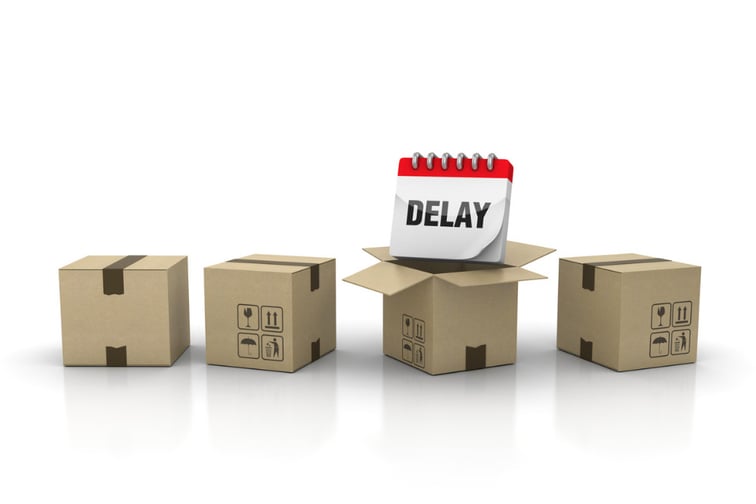

The war in Ukraine and economic sanctions on Russia, the skyrocketing oil and gas prices worldwide, and the already staggering supply chain delays (triggered during the COVID-19 pandemic, but exacerbated by the conflict in Ukraine), are all hindering art from moving freely and quickly across the globe. This is causing challenges for art dealers, collectors, auction houses, and museums – all of whom rely on very controlled and risk managed methods of transportation for high-value artwork.
“It’s affecting any movement of artwork, especially internationally. The supply chain issues began with COVID, and [the ensuing] worker shortages and things being shut down – and that’s still the case today,” said Mary Pontillo, SVP & national fine arts practice leader, Risk Strategies. “Supply chain issues are impacting every single step of the transportation and logistics process, whether it’s worker shortages at customs brokers, packer/shippers, or last-mile delivery drivers, or a lack of lumber for building crates for transportation, or even difficulty securing spots on air or ocean cargo.”
One of the biggest international trade routes in the art world is North America to Asia. But as new airspace restrictions over Russia, Belarus and the surrounding areas affect airlines, travel between North America and Asia has become far more difficult. Planes transporting art from North America to Asia now have to fly over the Arctic, which extends the route and increases the cost of fuel. At the same time, the amount of air cargo traveling in and out of Asia has decreased massively during the pandemic, so there are already a lot of delays that are affecting the free movement of art on this key trading route.
“When the shipment takes longer, the thing we worry about the most is climatic changes,” said Pontillo. “An artwork would normally only go straight from a climate-controlled truck, right on to a pallet, and then on to a plane – and it’s well crated, so the climatic change shouldn’t be harsh. But we do worry if there are warehouses that are maybe not intended for [storing] art that are [used] in due course of transit because of some delays with truckers or the availability of trucks or planes, because that could cause some climatic issues.
“Most insurance policies do not exclude that, but some do. Many of the personal insurance policies for high-net-worth homeowners do exclude climatic change or changes in temperature and humidity, and some European policies also have those exclusions. Most of the main domestic fine art specialty insurance companies do not exclude climatic change, but it is something to think about because you could potentially get into that exclusionary type of loss.”
The biggest area where supply chain issues are affecting art shipments is in last mile delivery, according to Pontillo. The worker shortage is impacting all businesses, even the well-established vendors that art dealers, collectors, and auction houses may have trusted with transportation of art in the past. The big question is: Who is the person at the end of the chain actually making the delivery?
“It’s important to ask a lot of specific questions,” Pontillo emphasized. “Who exactly is handling my art when it gets to its destination? If I’m sending this out on exhibition in Europe, which shipper is picking it up? Who is going to be entering my home, or my gallery, or my auction house? Who is the air carrier? Will there be any delays between the initial shipment and the air freight, and how long is the total journey going to take? That’s where people are going to need to start drilling down and asking some of those more specific questions to get a true idea of the exposures involved with shipments.”
As well as engaging in best practice risk mitigation, art dealers, collectors, and auction houses must ensure they have the right insurance policies in place. Pontillo stressed that policyholders should review their coverage conditions and any warranties because every policy has different language with regards to the level of care required during shipment and packing.
“I would encourage all policyholders to lean on their broker if they need to make a claim,” she added. “If you suffer a loss and there’s any sort of climatic change, or humidity and temperature control exclusion on your policy, your broker should really be working to figure out a way to present that claim to the insurers as a covered loss. It’s important to make sure that your broker is really holding your hand through the claims process with any tricky claim like these.”
